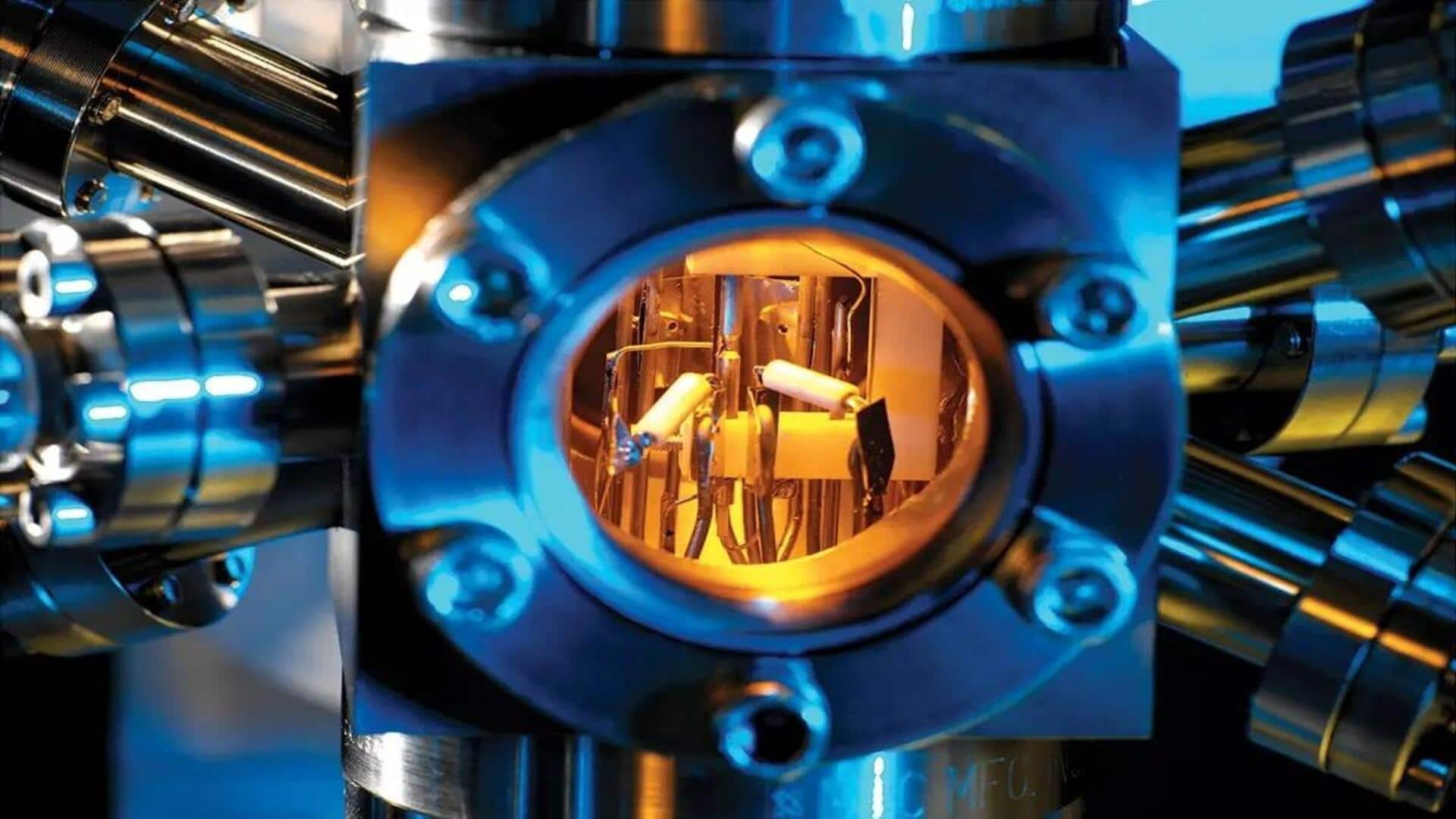
World's most accurate clock measures time to 19 decimals
What's the story
The National Institute of Standards and Technology (NIST) in Maryland, US has unveiled a new record holder for the world's most accurate clock. The atomic clock, based on a trapped aluminum ion, is part of the latest generation of optical atomic clocks. It can keep time with an accuracy of 19 decimal places, which is 41% better than its predecessor. The team published their findings in Physical Review Letters.
Clock evaluation
More accurate and stable than any other ion clock
Optical clocks are usually assessed on two fronts—accuracy and stability. Accuracy refers to how closely a clock can measure the ideal "true" time, while stability relates to how efficiently a clock can measure time. The new aluminum ion clock is not only more accurate than its predecessor but also 2.6 times more stable than any other ion clock.
Clock advantages
Why aluminum ions?
The aluminum ion is an excellent timekeeper due to its highly stable, high-frequency "ticking" rate. It ticks more steadily than cesium, which is currently used to define a second scientifically. Plus, it isn't as sensitive to environmental factors like temperature and magnetic fields. However, probing and cooling aluminum ions with lasers—both essential techniques for atomic clocks—has proven challenging.
Innovative approach
How the team tackled the challenges
To tackle these challenges, the research team paired the aluminum ion with magnesium. While magnesium doesn't have the ticking properties of aluminum, it can be easily controlled with lasers. This "buddy system" for ions is known as quantum logic spectroscopy. The magnesium ion cools and slows down its aluminum partner, allowing researchers to read out the state of the clock via its motion.
Design hurdles
Redesigned trap helped reduce excess micromotion of ions
The design of the trap where the ions are held was causing tiny movements, called excess micromotion. These movements were reducing the clock's accuracy. The team redesigned the trap, putting it on a thicker diamond wafer and modifying gold coatings on electrodes to fix electric field imbalance. They also made these coatings thicker to reduce resistance. This way, they slowed down ion motion and let them "tick" unperturbed.
Vacuum improvement
Vacuum system upgrades
The vacuum system in which the trap operates was also causing problems. Hydrogen diffuses out of a typical steel vacuum chamber, and traces of hydrogen gas interrupted the clock's operation. The team redesigned and rebuilt the vacuum chamber out of titanium, reducing background hydrogen gas by 150 times. This allowed them to run experiments for days without needing to reload ions as frequently. The team also upgraded to a more stable laser to probe the ions and count their ticks.